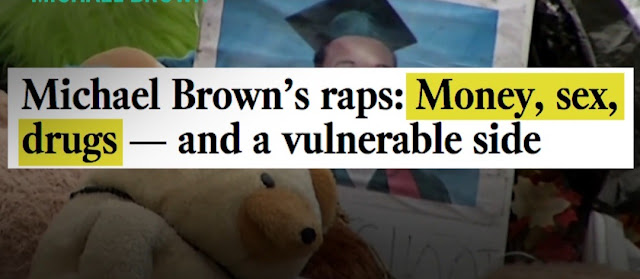A Heartfelt Design
It is no secret that visual designers have a lot on their plate when choosing what the world sees. A visual that is overly simplified to the public can prevent the message from properly being conveyed. And over complicated messages can confuse the public. Designers choose symbols to narrow down a complex idea into an idea that is easier to grasp. For instance, Dan Higgins and Alissa Eckert were tasked with helping the Central for Disease Control(CDC) and they designed what I can only describe as the spiky blobs you find in the gumball machines as kids. Higgins and Eckert wanted the virus to look as realistic as possible so people could comprehend how something nonexistent to the human eye can be so harmful. Adding the stone like texture to the ends of the spikes adds to the realism, almost as if you could touch it.
This idea of using a symbol to represent a complex idea reminds me of the symbol we use for the heart. We know that the human heart, or any living heart does not look like ❤, but yet we have come to know it as solely the image for a heart. As well as the more complicated idea of love. It was believed that the creator of the shape we know today, was a scientist in the middle ages trying to visualize what a heart might look like. While others believe that this shape is actually meant to be two human hearts together (soulmates). The shape, regardless of its origin has made it easier to grasp the universal concept of love, as well as aid in marketing tactics during holidays like Christmas, Mother's Day, and Valentine's day! It isn't as grotesque looking as the human heart, which would repel the audience it's cartoon like, perhaps to remind people of the cuteness and innocence of love.





Comments
Post a Comment